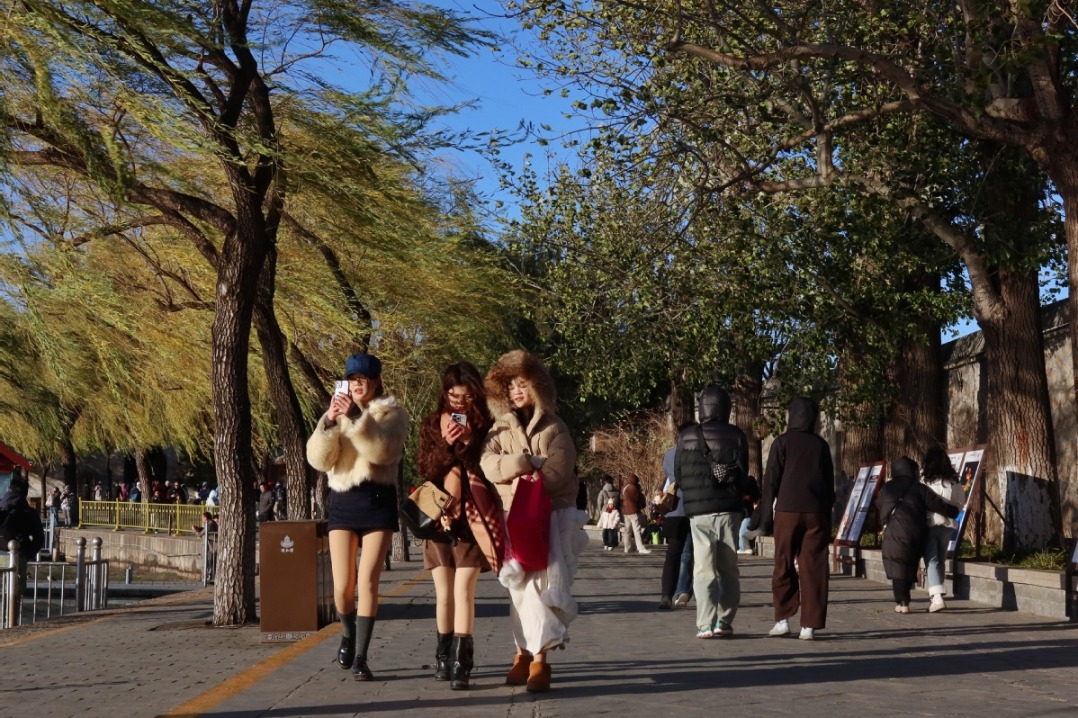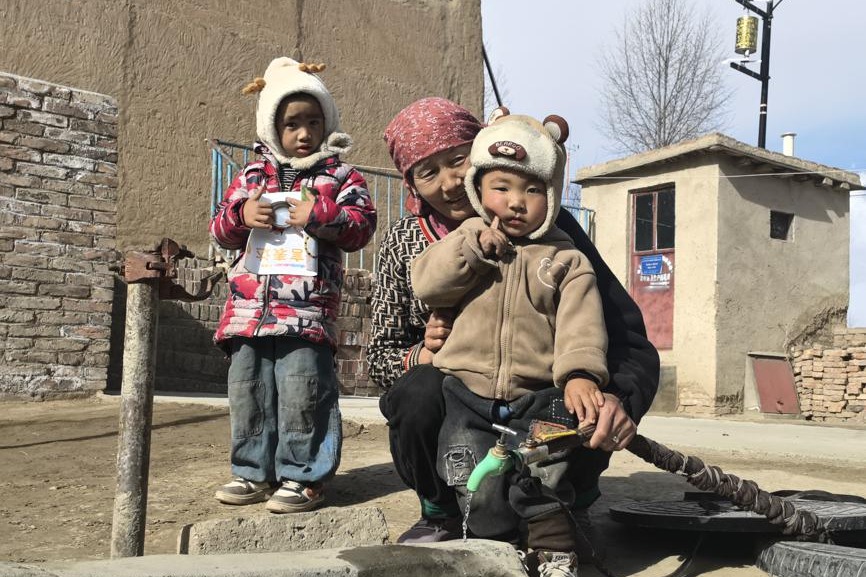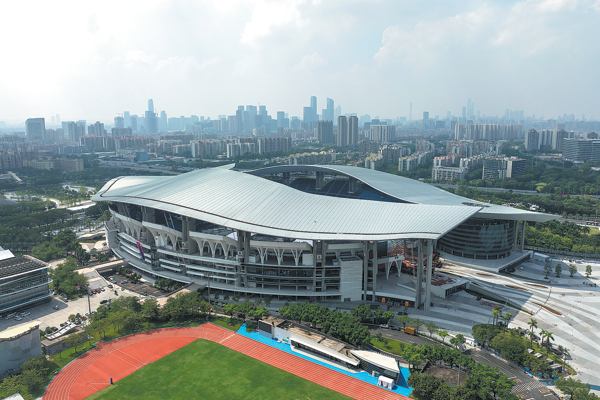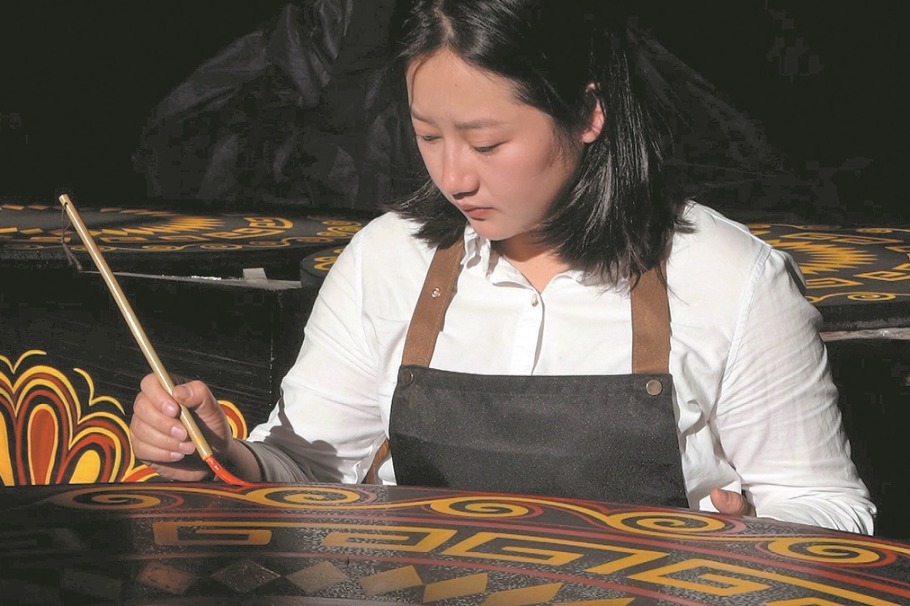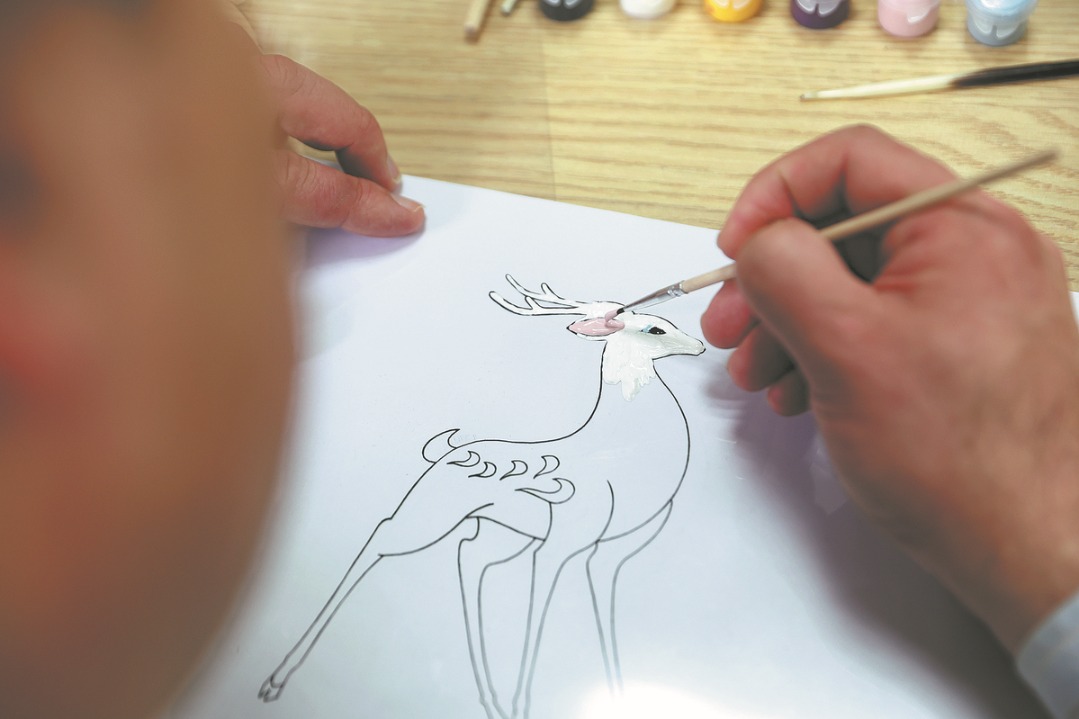In Beijing district, small shops please the eye

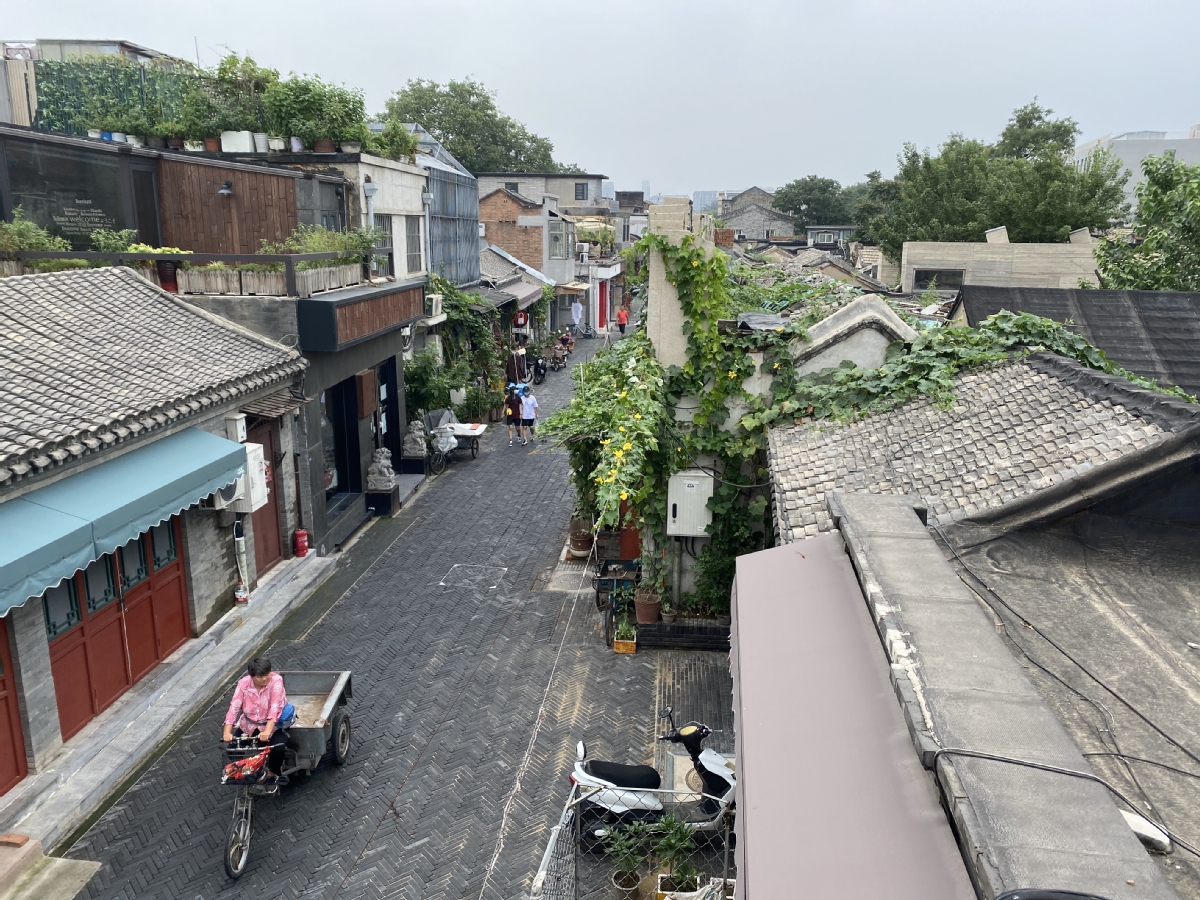
In Beijing's Xicheng district, a transformation of small shops has boosted local economic growth and created jobs — and customers are curious.
Yangmeizhuxiejie Street, which has a long history in Xicheng, has been changed into courtyards with many ancient stories from Qing Dynasty (1644-1911).
The municipal government upgraded the street in 2010 by introducing cultural and creative industries, making it a cultural block instead of a collection of low-end businesses, as it had long been.
On both sides of the 500-meter street, 15 small cultural shops, as well as some other boutique cafes, have attracted many young people. The floor space of each shop is usually less than 10 square meters.
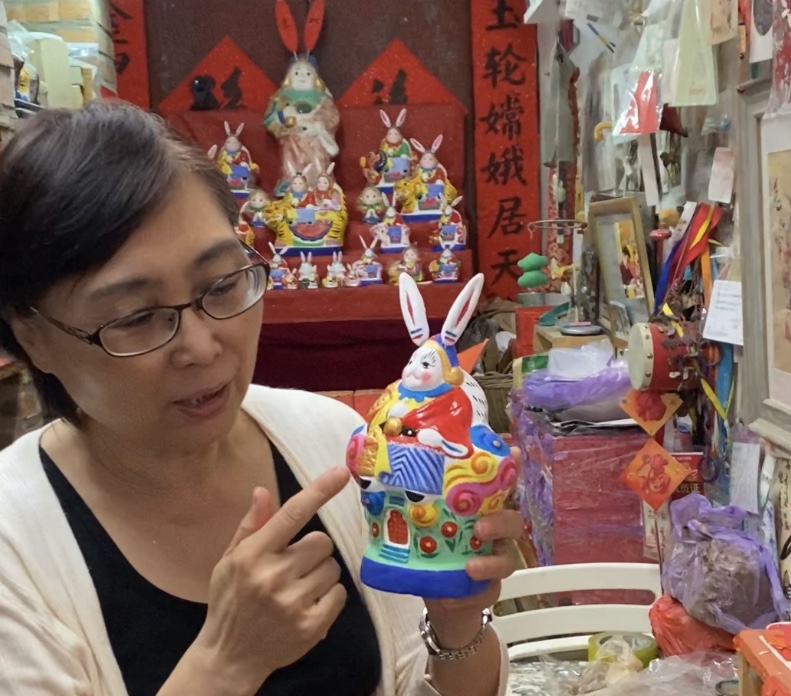
The government gives financial support in the form of reduced rent to the small businesses, in order to bring the narrow streets from low-end chaos to quiet beauty.
Under the plan, the shops will expand their businesses by making use of digital technology, such as online promotions on social media.
Zhang Zhongqiang, a traditional clay figurine artist who works at a shop on Yangmeizhuxiejie Street, has incorporated a modern rabbit motif into his clay figurines.
"This clay figurine is the traditional cultural mark of Beijing," he said. "I have a team of 10 people working in this shop. Even though it's pretty small, it has created jobs that help 10 families make a living."
- China's observatory unravels key mystery of cosmic ray formation
- Beijing hit by freezing wind
- At 60, ECNU program continues to be a magnet for international students
- Laotian teacher gains Chinese education insights
- Yi lacquerware gets a new lease of life
- CNS Sichuan achieves desired results on its maiden sea trial
















